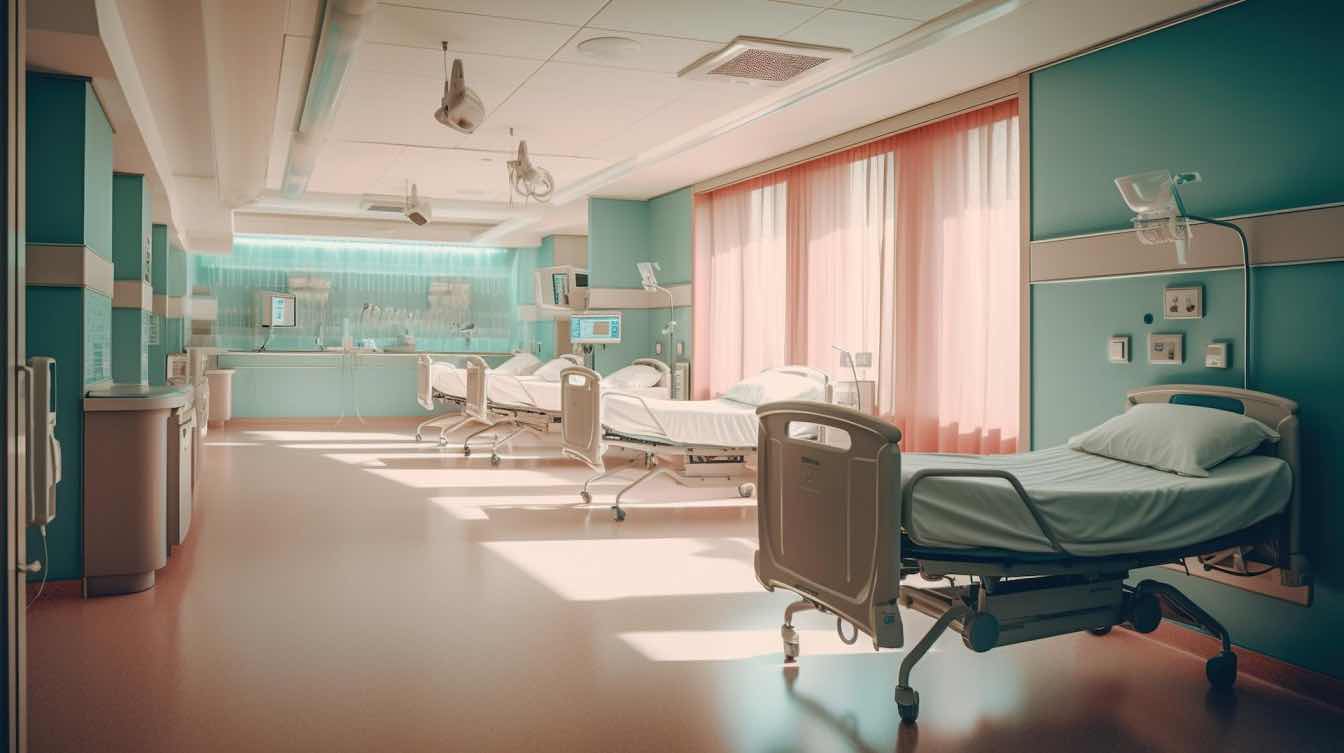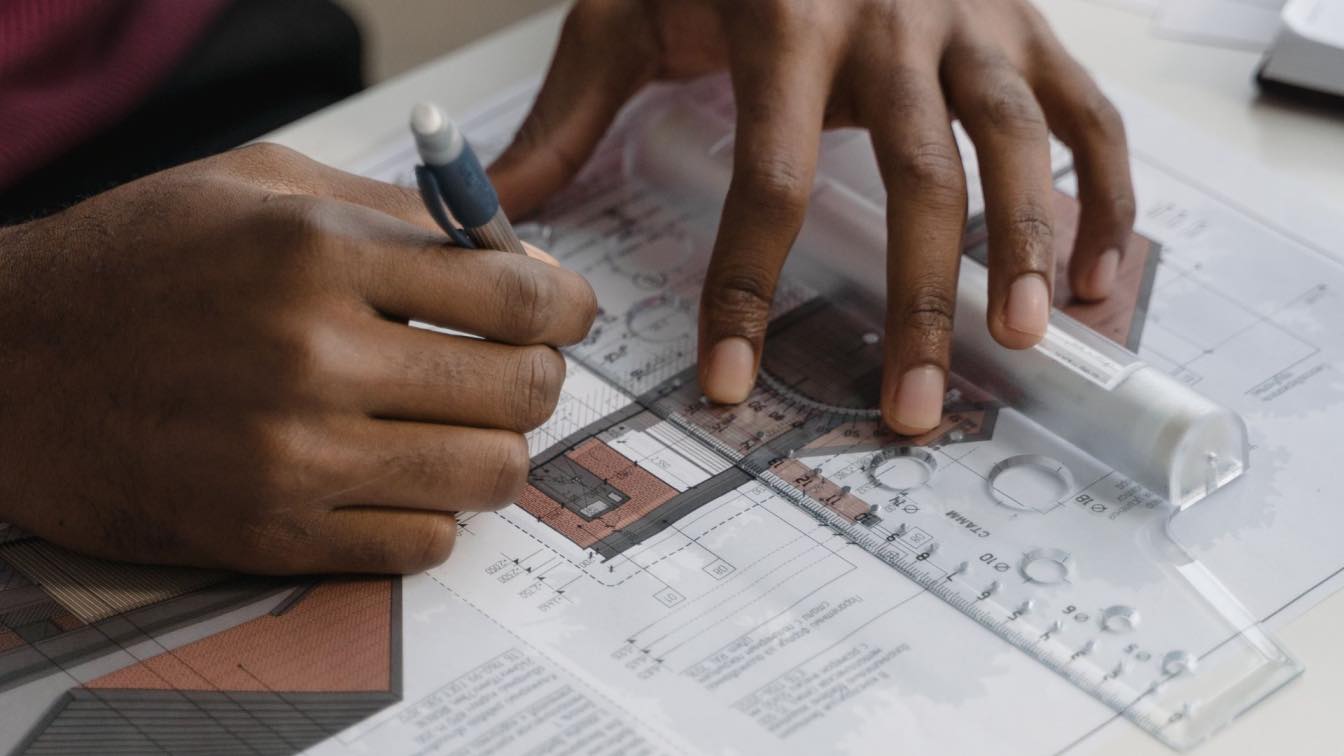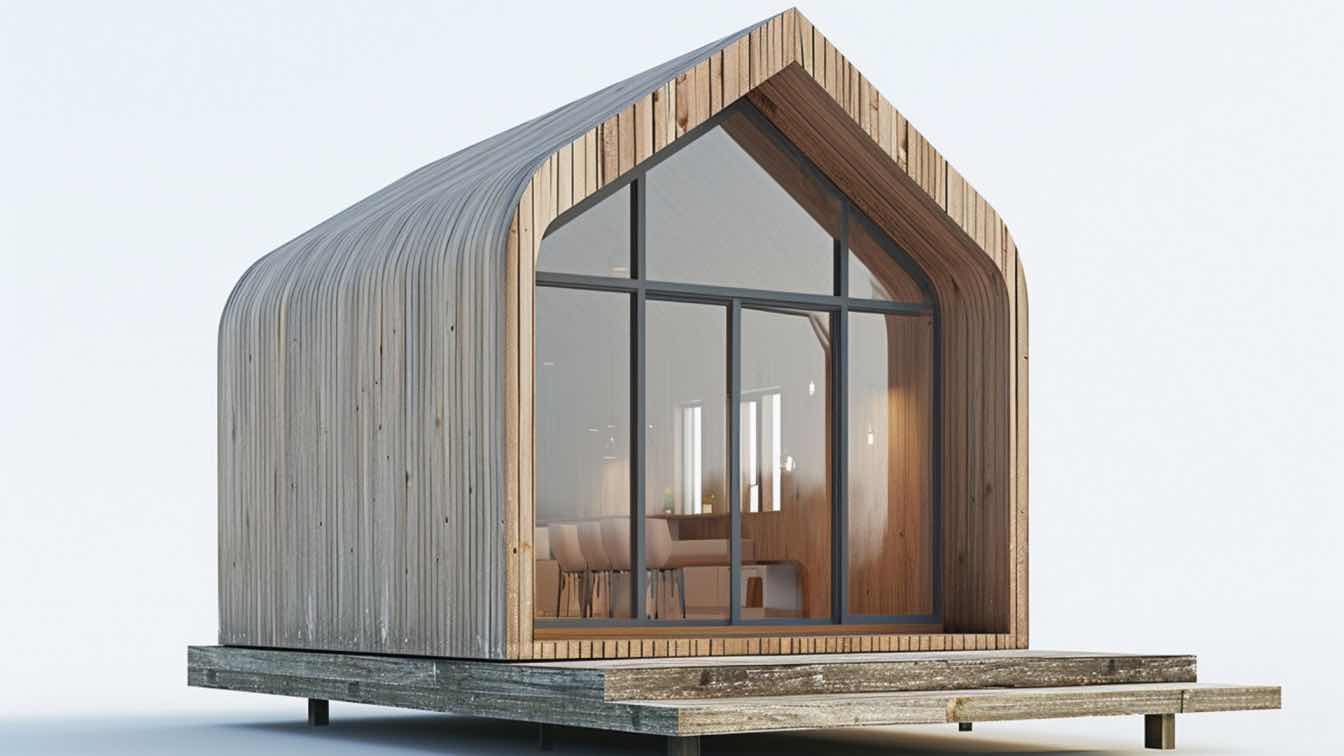In facilities, where immediate and fast reactions can affect how the emergency situation will end, an efficient and understandable wayfinding system is a necessity. So, it goes without saying, that every hospital should be equipped with the most basic and effective navigational solutions — door and wall signs. Let’s take a closer look at which exact types of hospital door signs and how to use them to achieve the utmost productivity at the workplace.
Reception Signs
That’s the first signage every visitor should see when entering the hospital. This plaque helps to locate the reception area where a special employee might navigate patients on how to navigate further. Reception signs play an important role because they can quickly help visitors locate the area where they can get help. Thus, they can quickly find out under which number the specific room of the needed specialist is located. So they can avoid further confusion and not ask other medical staff for help in wayfinding.
Directional Signs
Hospitals are usually multistoried buildings divided into different sections. That’s why directional signs are necessary to help locate the necessary floor or the section of the facility. Using directional signs, patients can quickly figure out in which part of the building they are now, and also see the direction in which they should move to get to the necessary destination.
Directional signs are also necessary for hospitals in terms of evacuation. These plaques help in organizing the proper evacuation plan so as to avoid a big chaos in case of an emergency situation. Directional signs might also help to locate special equipment such as fire extinguishers and hydrants that must be used to eliminate fire as quickly as possible.
Door Number Signs
It seems that the hospital isn’t the likeliest place to see door number signs. Why is it necessary to distinguish hospital rooms by numbers? There are two important factors both of which help in wayfinding:
1. To ensure a well-structured building layout: When numbers are placed in a specific order, it’s easier to navigate around the place. Usually, hospitals have straight corridors, so the premises there are numbered in a sequential order.
2. To ensure smoother wayfinding: Nameplates are quite efficient, but imagine coming to the hospital for the first time and wandering around the facility in search of the necessary nameplate. It might take a lot of your time. Everything becomes much easier when you can just ask a receptionist under which number a specific room is located.
Nameplates
Very often patients need to address their issues to specific specialists. That’s why, in hospitals, you can see a lot of nameplates, indicating where certain specialists work. If you need a dentist named Mr. Smith, you’ll easily find him if his room is marked with a special nameplate. Also, such plaques might inform visitors about time-frames when certain specialists might accept new patients. This can boost productivity in a healthcare facility and help eliminate chaotic movements.





